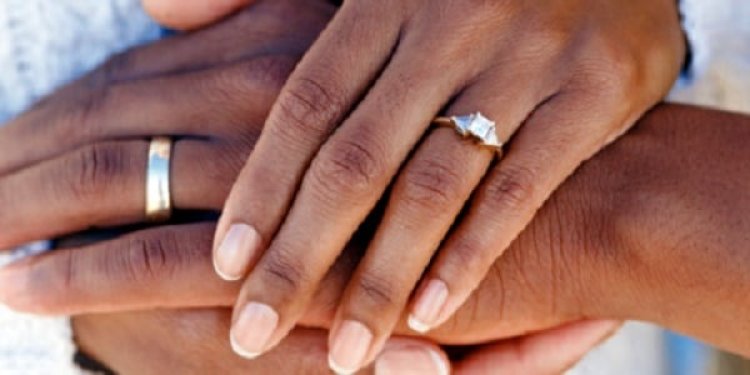KNBS Report Explains Control By Women Over Men's Money
The report also went on to reveal the differences between women's and men's ownership of assets

A new report from the Kenya Demographic and Health Survey (KDHS) 2022 released by the Kenya National Bureau of Statistics (KNBS) on Monday, July 3 painted a picture of how women decide how their men's earnings are spent in marriage.
The data revealed that 50 per cent of currently married men aged 15–49 who earn cash report that they decide jointly with their wives on how their cash earnings are used, while 43 per cent make such decisions alone.
40 per cent of currently married women with husbands who have earnings reported in the survey that their husband makes decisions alone on how his cash earnings are used and 52 per cent reported that this decision is made jointly.
"The percentage of married women who reported that they make decisions jointly with their husband about how their husband’s cash earnings are used decreases with their number of living children, from 62% among those with no living child to 43% for those with five or more children," stated the report in part.

A man and a woman in marriage. /FILE
The percentage of married women who reported that they make decisions jointly with their husbands about how their husband’s cash earnings are used was revealed to increase with the level of education, from 40 per cent among those with no education to 61 per cent for those with more than secondary education.
The percentage of married women who reported that they make decisions jointly with their husbands about how their husband’s cash earnings are used increases with the wealth quintile, from 44% of women in the lowest quintile to 56% in the highest quintile.
In contrast, the percentage of married men who report that they make decisions jointly with their wives about the use of their own earnings tends to decrease with the wealth quintile.
"The highest percentage of currently married women who reported that they make decisions jointly with their husbands about how their husband’s cash earnings are used were in Marsabit (85%), Makueni (70%) and Isiolo counties (70%)," added the report.
In comparison, 55 per cent of currently married women make decisions alone on how their cash earnings are used, while 40 per cent decide jointly with their husbands. This is owing to the fact that seven out of 10 (71 per cent) women earn less than their husbands and nine per cent earn more than their husbands.
"The percentage of currently married women who make decisions alone about how their cash earnings are used increases with their number of living children, from 53% among those with one living child to 61% for those with five or more children.
"58 per cent of women who reside in urban areas make their own decisions about the use of their earnings compared with 53% of women in rural areas," added the report.
By county, the percentage of women who decide alone on how their earnings are used is highest in Kisii (79%), Busia (75%), and Vihiga (73%) counties; and lowest in West Pokot (26%), Kitui (31%) and Lamu counties (35%).
Women & Men Owning Assets
The report also went on to reveal the differences between women's and men's ownership of assets, with women's access to land and property with secure tenure being central to their economic empowerment because it serves as a base for income as well as collateral for credit.
In the report, respondents were asked if they own a house, agricultural land, and non-agricultural land alone, jointly with someone else, both alone and jointly, or not at all. Five per cent of women own a house alone and 28% own a house jointly with their husband or someone else while among men, 35% own a house alone and nine per cent own a house jointly with their wife or someone else.
Overall, 33% of women compared with 45% of men own a house either alone or jointly with their spouse or someone else.
"Three per cent of women own agricultural land alone and 22% own agricultural land jointly with their husbands or someone else. Among men, 24% own agricultural land alone and 7% own agricultural land jointly with their wives or someone else.
"One per cent of women own non-agricultural land alone and 5% own non-agricultural jointly with their husband or someone else. Among men, 6% own non-agricultural land alone, while fewer than 1% own non-agricultural land jointly with their wives or someone else. Overall, 27% of women and 34% of men own land (either agricultural or non-agricultural) alone or jointly," added the report.
House ownership for women in rural areas (44%) was found to be more than double that of women in urban areas (17%), whereas house ownership for men in rural areas (55%) is less than twice that for those in urban areas (29%).


 admin
admin 




